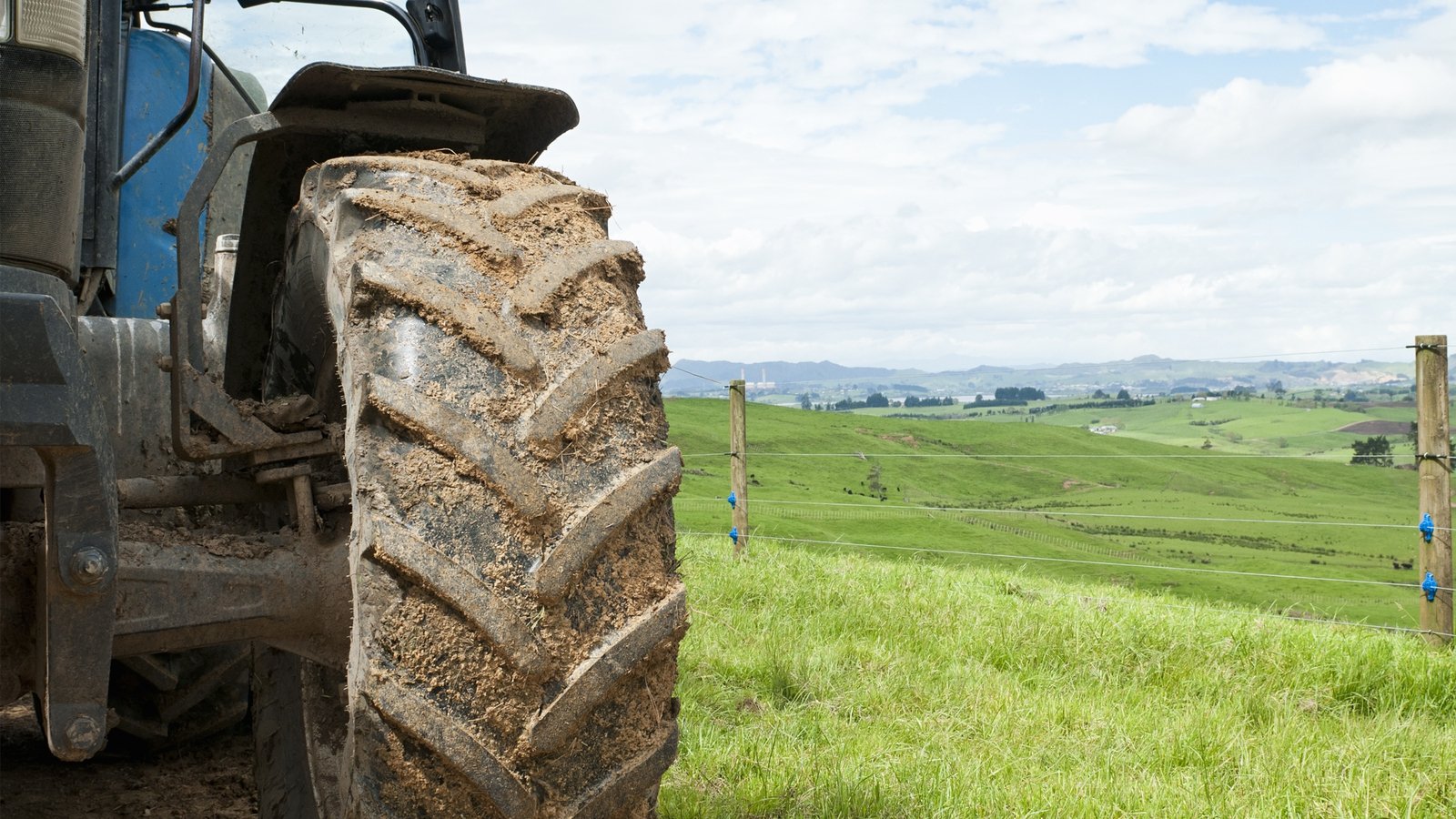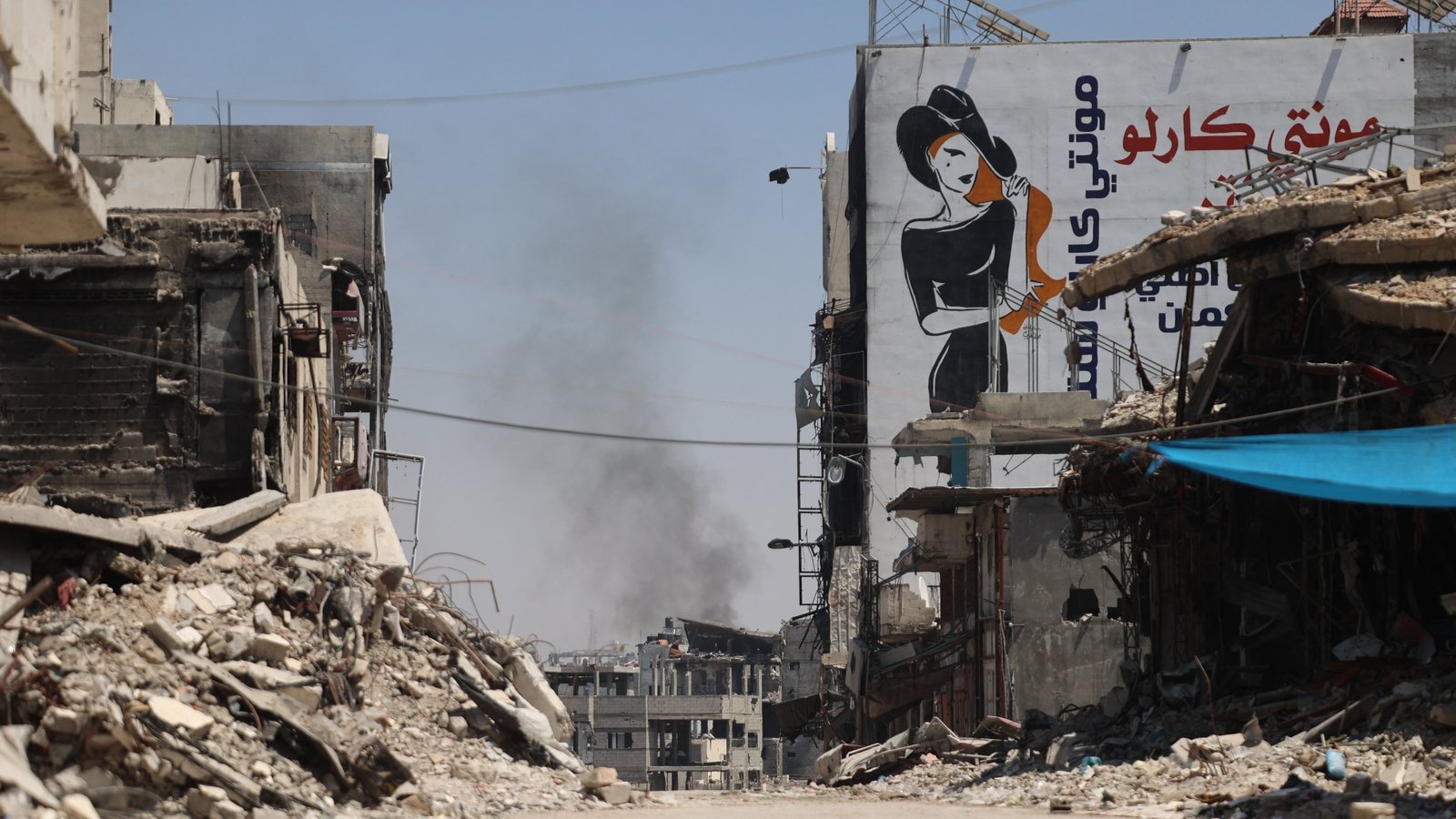Amazon rainforest may face tipping point by 2050
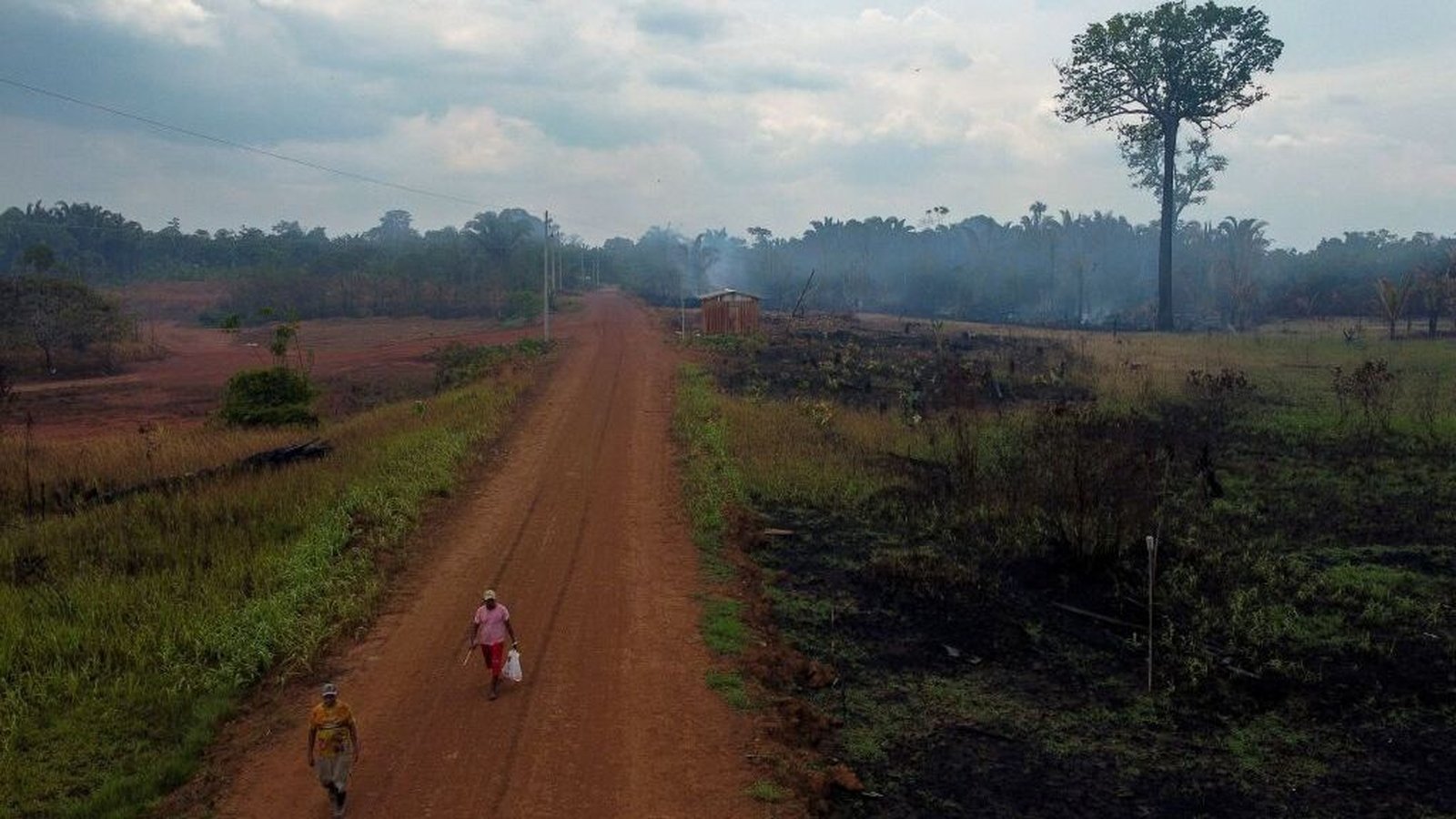
The Amazon rainforest is facing pressures that might tip it into large-scale ecosystem collapse as soon as 2050, according to new research, warning of dire consequences for the region and the world.
The Amazon, which holds more than 10% of the world’s biodiversity, helps stabilise the global climate by storing the equivalent of around two decades of emissions of planet-warming carbon dioxide.
But stress from deforestation, drought, fire and rising temperatures have eroded the ability of the forests to withstand shocks, with experts warning this could trigger a so-called “tipping point”, pitching the crucial ecosystem into irreversible transition in the coming decades.
In the latest study, published in the journal Nature, an international group of scientists estimated that 10-47% of the Amazon will be exposed to stress by 2050 that could lead to widespread ecosystem change.
That could cause the critical ecosystem to stop absorbing or even to release the carbon it stores, further driving global warming and intensifying its effects.
“We are approaching a potential large-scale tipping point, and we may be closer (both at local scales and across the whole system) than we previously thought,” said lead author Bernardo Flores, of the Federal University of Santa Catarina, in Florianopolis, Brazil.
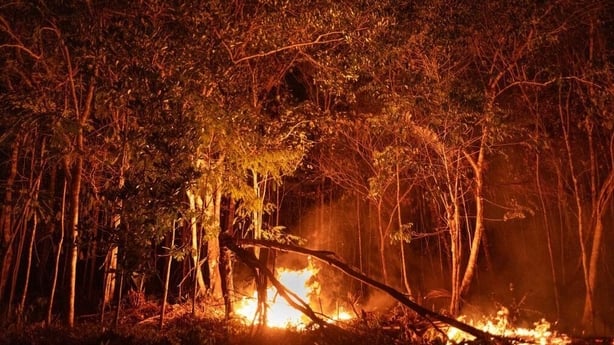
The researchers used information from computer models, observations and evidence of past changes going back thousands of years to map out the complexity of the forest systems and identify key causes of stress.
They then analysed these stressors – including global warming, annual rainfall, the length of the dry season and deforestation – to see how they might act individually or together to cause feedback loops that could trigger a major collapse.
By 2050 the Amazon could be exposed to unprecedented levels of water stress, the scientists said.
Previous research has suggested that global heating – which has on average warmed Earth’s surface around 1.2C above preindustrial levels – could by itself push the rainforest into a far drier savannah-like state.
The latest study suggested its fate could be more complex than that.
While some areas could transition into “white-sand savannas”, which are already expanding in the Amazon after wildfires, other areas of the forests could see patchy coverage of fire-tolerant trees interspersed with invasive grasses.
Wetter areas could remain as degraded forest, with fewer tree species and a greater proportion of fast-growing plants like bamboo.
“We have evidence showing that rising temperatures, extreme droughts and fires can affect how the forest functions and change which tree species can integrate the forest system,” said co-author Adriane Esquivel-Muelbert from Britain’s Birmingham Institute of Forest Research.
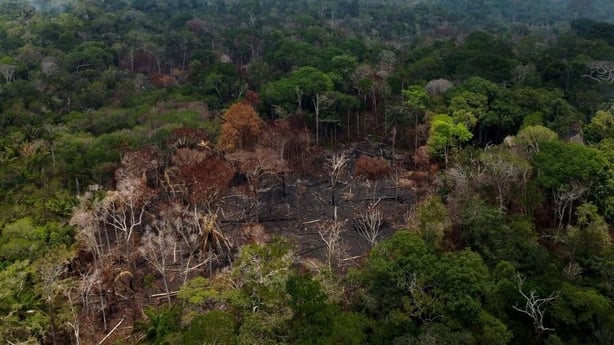
Swathes of the Amazon region were gripped by a brutal drought in recent months that shrivelled key waterways, withered crops and stoked wildfires.
Scientists from the World Weather Attribution group have said the historic dry spell was driven chiefly by climate change, more than the naturally occurring El Nino weather phenomenon.
Mr Flores said the severe drought foreshadows the climatic conditions expected for the region in the early 2030s.
“Immense rivers went completely dry, keeping local and Indigenous peoples isolated for months, with scarce food and water. I never imagined that people could experience a lack of water in the Amazon,” he said.
Terrestrial ecosystems globally have been a crucial ally as the world struggles to curb CO2 emissions, with vegetation and soil absorbing huge quantities of carbon.
But that is under threat and scientists have already raised fears that parts of the Amazon have shifted from a “sink” to a “source” of CO2.
That will likely come into sharp focus next year, when Brazil hosts a crucial round of international climate negotiations.
Mr Flores stressed that the fate of the rainforest – and the implications of forest loss – is a global concern.
“Even if Amazonian countries commit to net-zero deforestation and reach this goal in the next decades, this huge effort may be useless if the whole world does not commit to sharply reducing greenhouse gas emissions,” he said.

